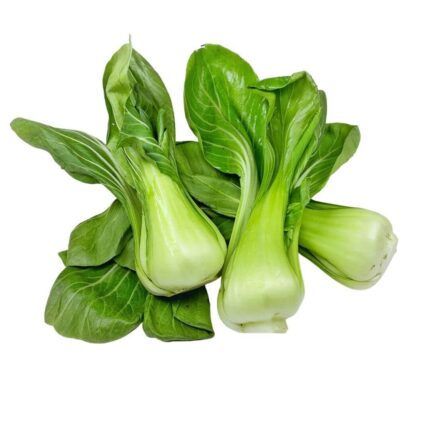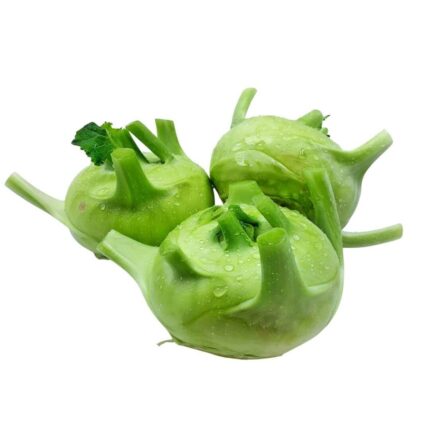~20 – 25 lbs
Shanghai Tips aka “Baby Bok Choy Tip”, “Shanghai Bok Choy Tip”, “Green Stem Bok Choy Tip”, “Shang-Hai-Miao”, “上海苗”
Shanghai tip has jade green smooth leaves that are shaped like soupspoons attached to thin pale green stalks. It is the baby form of Shanghai choy with a more tender texture and smaller size. Shanghai tip is generally three to five inches in length. Shanghai tip has a mild, sweet cabbage-like flavor that is great for stir-fry and blanching with oyster sauce. Shanghai tip is available year-round.
Handling Tip
Selection
Shanghai tip has a uniform green color with no signs of yellowing or wilting.
The stem is firm and moist.
Storage
Shanghai tip should be stored at 34°F – 36°F (1°C – 2°C) with a relative humidity of ninety-five to a hundred percent and with mist.
The typical shelf life is two to three weeks. High humidity is important to avoid wilting.
Shanghai tip is sensitive to ethylene, a naturally occurring gas that regulates ripening. Shanghai tip should not be stored with high ethylene-producing products to extend shelf life and avoid yellowing. Shanghai tip produces a low level of ethylene.
Shanghai tip is not sensitive to chilling injury and should be stored as cold as possible without freezing.
Creating clear and transparent shipping and handling policies is crucial for a commodity trading company like Agropastoral Products Co., Ltd. Here's a framework for the Shipping and Handling Policy:
1. Shipping Policy:
a. Shipping Process: - Detail the steps involved in the shipping process, from order placement to delivery.
b. Shipping Rates: - Specify the shipping costs associated with various products or order amounts.
c. Delivery Timeframe: - Provide estimated delivery times based on location and shipping method.
d. Shipping Carriers: - Name the shipping carriers used and any partnerships that may influence shipping.
e. International Shipping: - Explain international shipping options, rates, and potential customs or import duties.
f. Tracking Information: - Describe how customers can track their orders and obtain tracking information.
g. Shipping Restrictions: - List any countries, regions, or products where shipping may be restricted or limited.
2. Handling Policy:
a. Packaging: - Describe how products are packaged to ensure safe transit and delivery.
b. Quality Assurance: - Explain any quality control measures or checks in place during the handling process.
c. Fragile Items: - Provide special handling instructions for fragile or delicate commodities.
d. Inventory Management: - Detail how inventory is managed to maintain accuracy and prevent errors in order fulfillment.
e. Returns and Exchanges: - Outline the process for handling returns, exchanges, or replacements related to shipping issues or damaged items.
3. Additional Policies:
a. Lost or Damaged Items: - Explain the procedure for reporting and addressing lost or damaged items during shipping.
b. Split Shipments: - Describe under what circumstances the company may split an order into multiple shipments and how this is communicated to the customer.
c. Free Shipping Offers: - Clarify conditions for free shipping, such as minimum order amounts or specific products.
d. Holiday or Peak Season Shipping: - Provide information about any special considerations or delays during peak seasons or holidays.
e. Force Majeure: - Address how the company handles unforeseen events like natural disasters, strikes, or other force majeure events affecting shipping and delivery.
f. Contact Information: - Provide contact details for customers to reach out for shipping-related queries, concerns, or support.
Regularly update and review these policies to ensure they align with your company's operations and any changes in shipping or handling processes. Communicating these policies clearly to your customers will help manage their expectations and provide a positive shopping experience.













Reviews
There are no reviews yet.